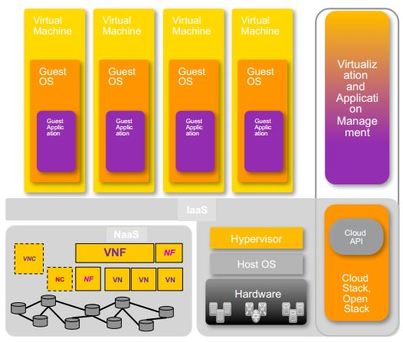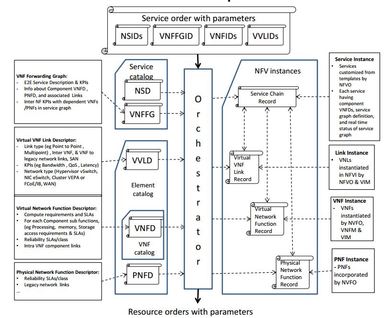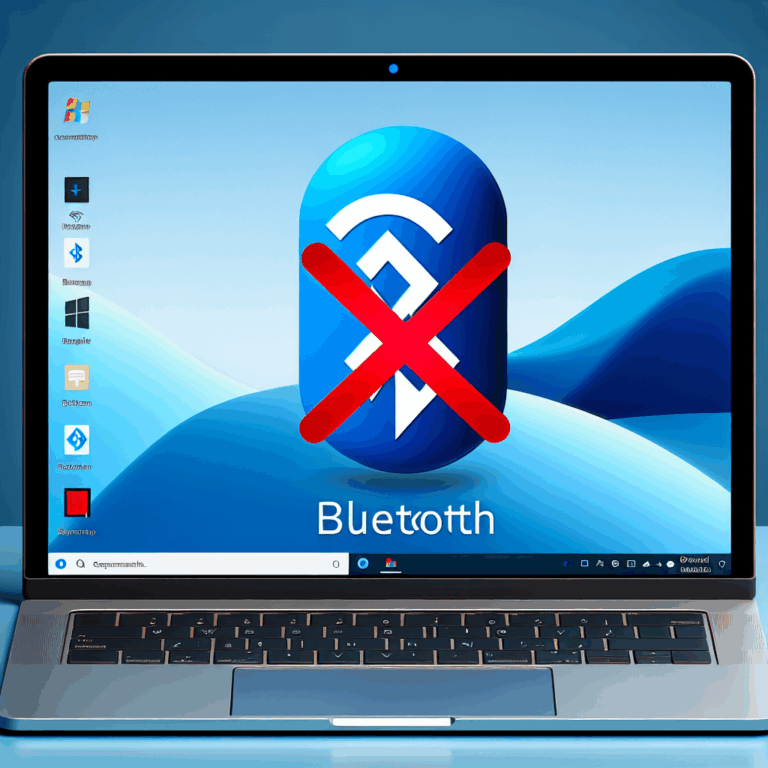Having the ability to spin up network components in matter of hours instead of months, allows agility, but it can also create chaos! Within virtualisation and NFV the need for proper management has been highlighted from an early stage. It is now being addressed in a formal way by the MANO stream. It’s core purpose: allowing agile on-boarding and preventing chaos!

NF: Network Function VNF: Virtual Network Function
MANO Functional Blocks
• NFV Orchestrator:
on-boarding of new Network Service (NS), VNF-FG and VNF Packages
NS lifecycle management (including instantiation, scale-out/in,
performance measurements, event correlation, termination)
global resource management, validation and authorization of NFVI
resource requests
policy management for NS instances
• VNF Manager:
lifecycle management of VNF instances
overall coordination and adaptation role for configuration and event
reporting between NFVI and the E/NMS
• Virtualised Infrastructure Manager (VIM):
controlling and managing the NFVI compute, storage and network
resources, within one operator’s infrastructure sub-domain
collection and forwarding of performance measurements and events
Cloud orchestration and management has been around for a long time. The way virtualisation providers have implemented automation and orchestration identified their strengths!

Source: ETSI NFV MANO WI document (ongoing work)
For the MANO architecture to be effective, it needs to be integrated with open API’s into the existing systems. Current OSS/BSS systems will need to be upgraded to allow to inter-operate with the Virtulisaton framework through the MANO layer.
As per current automation systems, the NFV MANO layer will work with templates for the standard VNF’s. Users will be able to request based upon existing catalogs, and choose from the existing NFVI resources to deploy their platform or element.
OVERVIEW OF MANO DESCRIPTOR FILES

Source: ETSI NFV MANO WI document
- Network Service descriptor:
- E2E service description including supported SLA parameter, references to
- covered VNF-FG and VNFs, list of supported service monitoring parameters.
- VNF Forwarding Graph descriptor:
- VNFFG description, VNFs and VNFDs needed for orchestration, reference to link
- information, description of Physical/Logical interfaces
- VNF Descriptor:
- Links to scripts for initiation and termination, description of internal and external
- connectivity, dependencies between VNFCs.
- VDU Description: VM specification, required storage and computation resources, initiation and termination scripts, high avaliability redundancy model, scale_out/in limits.
- PNF Descriptor:
reference to link information, exposed external Network Service Instance Descriptor:
- Network service category , network attachment points, scaling
methodology and policy, list of SLA descriptors, and monitoring parameter.
- VNF Instance Descriptor:
VNF category, information on external connectivity, scaling methodology and policy, list of SLAs, and the list of monitoring parameter.
http://network-functions-virtualization.com/mano.html

